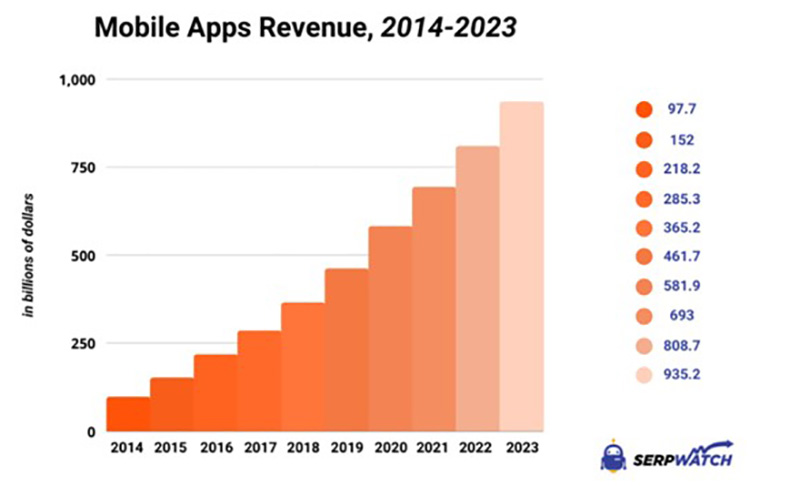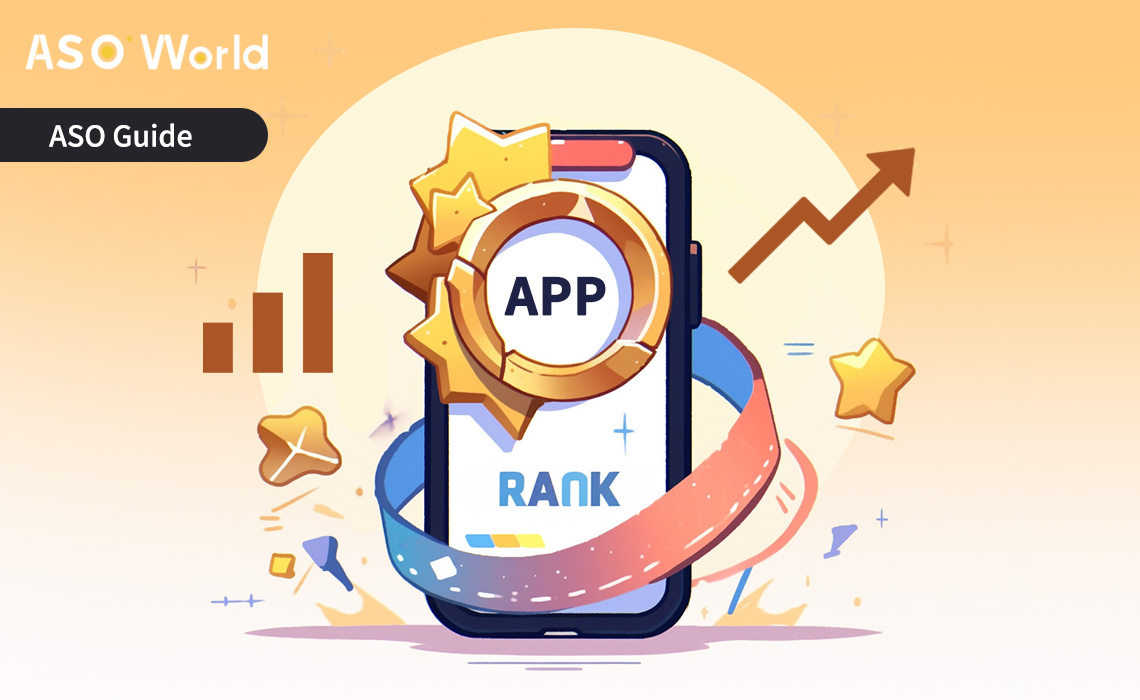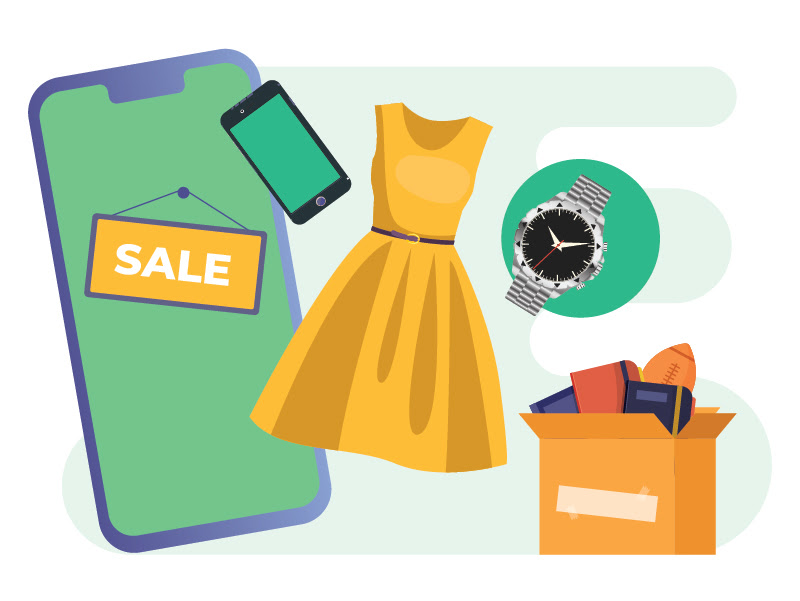Understanding the Mobile App Market: Trends and Insights
The mobile app market has experienced unprecedented growth in recent years, with the number of available apps surpassing 5 million across various app stores. This explosion of apps has led to increased competition, making it challenging for developers to stand out and generate significant revenue. As of 2022, the global mobile app market is projected to reach $188.9 billion in revenue, with an estimated 25% annual growth rate. To put this into perspective, the average person spends around 3 hours and 15 minutes per day using mobile apps, highlighting the vast potential for app developers to capitalize on this trend.
When it comes to understanding how much apps sell for, it’s essential to consider the various factors that influence their value. The genre, target audience, features, and revenue streams all play a crucial role in determining an app’s sale price. For instance, a popular gaming app with a large user base and significant in-app purchases can command a higher sale price compared to a niche productivity app with limited revenue streams.
According to recent statistics, the average sale price of a mobile app is around $10,000 to $50,000, depending on the app’s category, user engagement, and revenue potential. However, some apps have sold for significantly higher prices, such as Instagram’s acquisition by Facebook for $1 billion. These figures demonstrate the potential for mobile apps to generate substantial revenue and highlight the importance of understanding their value in the market.
As the mobile app market continues to evolve, it’s crucial for developers to stay informed about the latest trends and insights. By understanding the current state of the market and the factors that influence app sales, developers can make informed decisions about their app’s development, marketing, and monetization strategies. This knowledge can ultimately help them increase their app’s value and potentially sell it for a higher price in the future.
In the next section, we’ll delve into the key factors that affect app sales and explore how developers can determine the value of their app.
Factors Affecting App Sales: What Drives Value?
When it comes to determining how much apps sell for, several key factors come into play. Understanding these factors is crucial for app developers looking to maximize their app’s value and potential sale price. In this section, we’ll explore the most significant factors that influence app sales and provide examples of successful apps that have leveraged these factors to achieve high sale prices.
Genre is a critical factor in determining an app’s value. Certain genres, such as gaming and social media, tend to perform better in terms of revenue and user engagement. For instance, the popular gaming app, Clash of Clans, was sold to Tencent Holdings for $8.6 billion in 2016. The app’s massive user base and significant revenue streams made it an attractive acquisition target.
Target audience is another essential factor in determining an app’s value. Apps that cater to a specific niche or demographic can command a higher sale price if they have a strong user base and revenue streams. For example, the dating app, Tinder, was valued at $3 billion in 2017, largely due to its massive user base and significant revenue streams from in-app purchases and advertising.
Features and functionality also play a significant role in determining an app’s value. Apps with unique and innovative features that solve a specific problem or meet a particular need can command a higher sale price. For instance, the productivity app, Evernote, was valued at $1 billion in 2012, largely due to its robust feature set and large user base.
Revenue streams are also a critical factor in determining an app’s value. Apps with multiple revenue streams, such as in-app purchases, advertising, and subscriptions, tend to perform better in terms of revenue and user engagement. For example, the music streaming app, Spotify, was valued at $20 billion in 2020, largely due to its significant revenue streams from subscriptions and advertising.
By understanding these key factors, app developers can better position their app for success and potentially increase its sale price. In the next section, we’ll explore how to determine the value of an app using a step-by-step guide.
How to Determine the Value of Your App: A Step-by-Step Guide
Determining the value of a mobile app can be a complex process, but by following a step-by-step guide, app developers can get a better understanding of their app’s worth. In this section, we’ll outline a simple framework for calculating an app’s value, including assessing its revenue potential, user engagement, and market demand.
Step 1: Assess Revenue Potential
The first step in determining an app’s value is to assess its revenue potential. This includes analyzing the app’s current revenue streams, such as in-app purchases, advertising, and subscriptions. App developers should also consider the app’s growth potential, including its user acquisition costs and retention rates.
Step 2: Evaluate User Engagement
User engagement is a critical factor in determining an app’s value. App developers should analyze metrics such as user retention rates, session length, and in-app purchases to get a better understanding of their app’s engagement levels.
Step 3: Analyze Market Demand
Market demand is another essential factor in determining an app’s value. App developers should research their target market, including the number of potential users, their demographics, and their needs. This information can help app developers understand the demand for their app and its potential for growth.
Step 4: Calculate the App’s Value
Using the data collected in the previous steps, app developers can calculate their app’s value using a simple formula:
App Value = (Revenue Potential x User Engagement) + Market Demand
This formula provides a basic framework for calculating an app’s value, but app developers should note that the actual value of their app may vary depending on various factors, such as the app’s genre, target audience, and competition.
By following these steps, app developers can get a better understanding of their app’s value and make informed decisions about its development, marketing, and monetization strategies. In the next section, we’ll explore real-world examples of notable app sales and acquisitions, and analyze the factors that contributed to these sales.
Real-World Examples: Notable App Sales and Acquisitions
In this section, we’ll explore some notable examples of app sales and acquisitions, and analyze the factors that contributed to these sales. By examining these real-world examples, app developers can gain valuable insights into the app sales process and learn how to maximize the value of their own apps.
Instagram’s Sale to Facebook
In 2012, Facebook acquired Instagram for $1 billion. At the time, Instagram had only 30 million users, but its user base was growing rapidly. The acquisition was largely driven by Facebook’s desire to expand its mobile presence and tap into Instagram’s user base. The sale price of $1 billion was largely due to Instagram’s potential for growth and its unique features, such as its photo-sharing capabilities.
Snapchat’s Acquisition of Zenly
In 2017, Snapchat acquired Zenly, a social mapping app, for $200 million. The acquisition was largely driven by Snapchat’s desire to expand its features and tap into Zenly’s user base. The sale price of $200 million was largely due to Zenly’s unique features, such as its social mapping capabilities, and its potential for growth.
Other Notable App Sales and Acquisitions
Other notable app sales and acquisitions include Microsoft’s acquisition of LinkedIn for $26.2 billion, and Amazon’s acquisition of Whole Foods for $13.7 billion. These sales demonstrate the potential for apps to generate significant revenue and drive business growth.
What Can App Developers Learn from These Sales?
By examining these real-world examples, app developers can learn several key lessons about the app sales process. First, they can see the importance of having a unique value proposition and a strong user base. Second, they can understand the role of growth potential and revenue streams in determining an app’s value. Finally, they can learn how to navigate the app sales process and maximize the value of their own apps.
In the next section, we’ll explore the role of app stores in the app sales process, and discuss how app developers can navigate these platforms to increase their app’s visibility and sales.
The Role of App Stores: How Apple and Google Impact App Sales
App stores play a crucial role in the app sales process, as they provide a platform for app developers to showcase and sell their apps. Apple’s App Store and Google Play are the two largest app stores, and they have a significant impact on app sales. In this section, we’ll discuss the fees charged by Apple and Google, the review process, and the importance of app store optimization (ASO).
Fees Charged by Apple and Google
Both Apple and Google charge fees to app developers for listing their apps in their respective app stores. Apple charges a 30% commission on all app sales, while Google charges a 30% commission on all app sales and in-app purchases. These fees can eat into an app developer’s profit margins, but they are a necessary cost of doing business in the app market.
The Review Process
Before an app can be listed in an app store, it must go through a review process. This process involves checking the app for quality, functionality, and content. Apple’s review process is notoriously strict, and many apps are rejected due to minor issues. Google’s review process is less strict, but it still requires apps to meet certain standards.
App Store Optimization (ASO)
ASO is the process of optimizing an app’s listing in an app store to increase its visibility and sales. This involves using keywords, descriptions, and screenshots to make the app more appealing to potential customers. ASO is a crucial aspect of app marketing, as it can help an app stand out in a crowded market.
How to Navigate App Stores
To navigate app stores successfully, app developers must understand the fees charged by Apple and Google, the review process, and the importance of ASO. By optimizing their app’s listing and using effective marketing strategies, app developers can increase their app’s visibility and sales.
In the next section, we’ll discuss how to negotiate the sale of an app, including preparing for due diligence, understanding the buyer’s perspective, and navigating the negotiation process.
Negotiating the Sale of Your App: Tips and Strategies
Negotiating the sale of an app can be a complex and challenging process. It requires a deep understanding of the app’s value, the buyer’s needs, and the negotiation process itself. In this section, we’ll provide tips and strategies for negotiating the sale of an app, including preparing for due diligence, understanding the buyer’s perspective, and navigating the negotiation process.
Preparing for Due Diligence
Due diligence is the process of verifying the app’s value and ensuring that it is a good investment for the buyer. To prepare for due diligence, app developers should gather all relevant documentation, including financial statements, user data, and technical information. They should also be prepared to answer questions about the app’s development, marketing, and revenue streams.
Understanding the Buyer’s Perspective
Understanding the buyer’s perspective is crucial in negotiating the sale of an app. App developers should research the buyer’s company, their goals, and their motivations for purchasing the app. They should also be prepared to address any concerns or questions the buyer may have.
Navigating the Negotiation Process
The negotiation process can be challenging, but it is essential to stay calm and professional. App developers should be prepared to negotiate the price, terms, and conditions of the sale. They should also be prepared to walk away if the negotiation does not meet their expectations.
Tips for Getting the Best Possible Price
To get the best possible price for an app, developers should be prepared to negotiate. They should also be prepared to provide evidence of the app’s value, such as user data and revenue streams. Additionally, they should be prepared to address any concerns or questions the buyer may have.
In the next section, we’ll explore alternative options to selling an app, such as licensing or partnering with other companies. We’ll discuss the benefits and drawbacks of these approaches and provide examples of successful partnerships.
Alternatives to Selling: Licensing and Partnerships
While selling an app can be a lucrative option, it’s not the only way to monetize your mobile app. Licensing and partnerships are alternative options that can provide a steady stream of revenue and help you reach a wider audience. In this section, we’ll explore the benefits and drawbacks of licensing and partnerships, and provide examples of successful partnerships.
Licensing Your App
Licensing your app involves granting permission to another company to use your app’s intellectual property, such as its code, design, or trademarks. In exchange, you receive a licensing fee, which can be a one-time payment or an ongoing royalty. Licensing can be a good option if you want to monetize your app without giving up control or ownership.
Partnerships
A partnership involves collaborating with another company to develop, market, or distribute your app. Partnerships can be beneficial if you want to tap into another company’s resources, expertise, or audience. For example, you could partner with a company that has a strong marketing presence to help promote your app.
Benefits and Drawbacks
Licensing and partnerships have both benefits and drawbacks. On the one hand, they can provide a steady stream of revenue and help you reach a wider audience. On the other hand, they can also limit your control over your app and require you to share your intellectual property.
Examples of Successful Partnerships
There are many examples of successful partnerships in the mobile app industry. For example, the popular game “Candy Crush Saga” was developed in partnership with King Digital Entertainment and Activision Blizzard. The partnership helped the game reach a wider audience and become one of the most successful mobile games of all time.
In the next section, we’ll summarize the key takeaways from the article and emphasize the importance of understanding the value of your mobile app.
Conclusion: Maximizing the Value of Your Mobile App
In conclusion, understanding the value of your mobile app is crucial to maximizing its potential. By considering the factors that influence app sales, such as genre, target audience, features, and revenue streams, app developers can determine the value of their app and make informed decisions about its development, marketing, and monetization.
Additionally, app developers should be aware of the impact of app stores on app sales, including the fees charged by Apple and Google, the review process, and the importance of app store optimization (ASO). By navigating these platforms effectively, app developers can increase their app’s visibility and sales.
Negotiating the sale of an app requires careful preparation, including preparing for due diligence, understanding the buyer’s perspective, and navigating the negotiation process. By following the tips and strategies outlined in this article, app developers can get the best possible price for their app.
Finally, app developers should consider alternative options to selling an app, such as licensing or partnering with other companies. By exploring these alternatives, app developers can find new ways to monetize their app and reach a wider audience.
By following the guidance outlined in this article, app developers can unlock the value of their mobile app and achieve success in the competitive app market.








